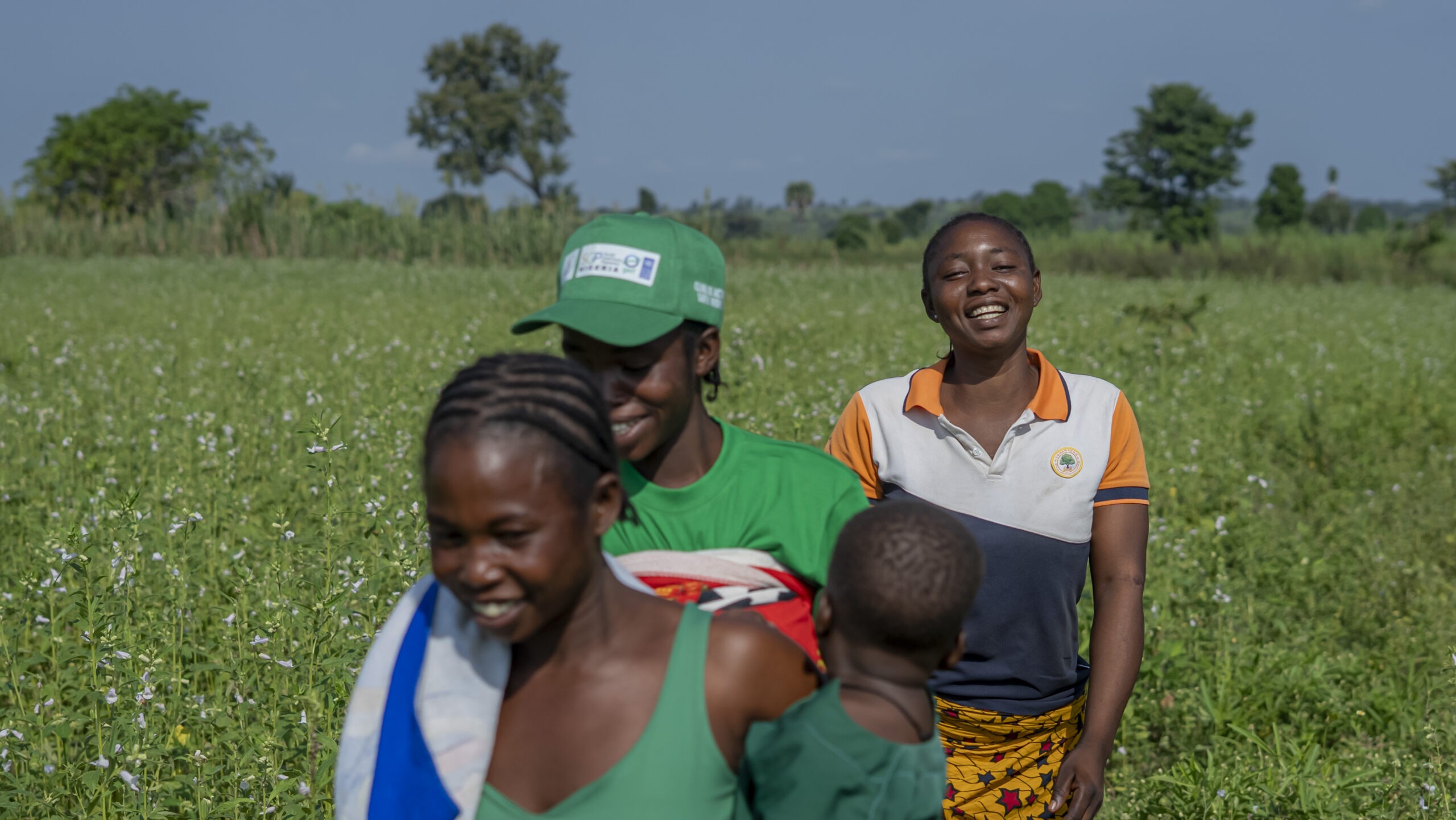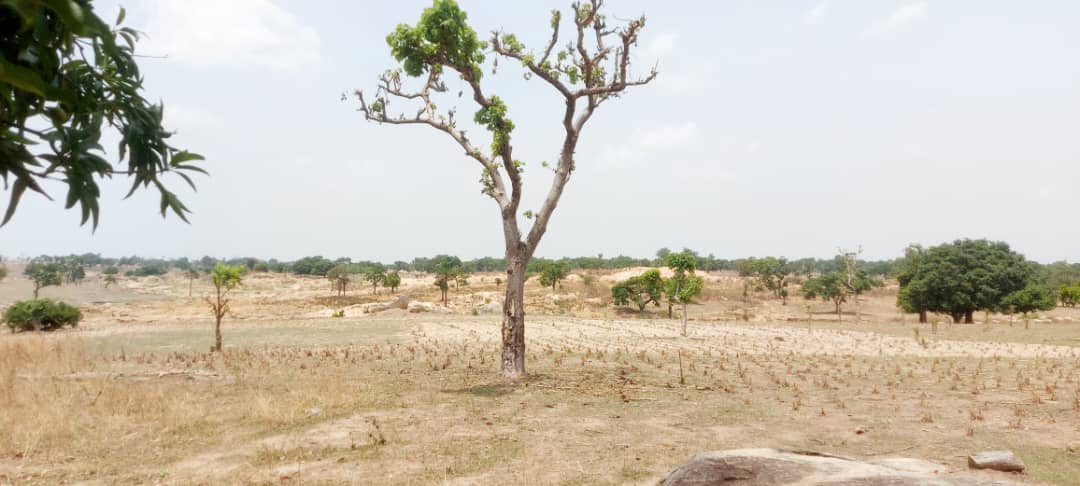 The study also applied the Normalized Difference Vegetation Index (NDVI) to quantify vegetation health, showing a steady decline in canopy cover and ecosystem vitality.
The study also applied the Normalized Difference Vegetation Index (NDVI) to quantify vegetation health, showing a steady decline in canopy cover and ecosystem vitality.

- A significant reduction in forest cover over 29 years, with clear patterns of land conversion.
- Strong correlation between population growth and deforestation in the study area.
- Climatic variations exacerbating forest degradation, especially during dry seasons.
- Lack of effective forest management and enforcement contributing to unchecked exploitation.



The study calls for urgent strategies to mitigate deforestation, including:
- Strengthening forest governance and enforcement of conservation laws.
- Promoting sustainable land use practices and agroforestry.
- Enhancing community participation in forest stewardship.
- Expanding the use of GIS and remote sensing for regular forest monitoring.
As Nigeria grapples with climate change and environmental degradation, this research underscores the need for data-driven interventions. Forests are not just ecological assets—they are pillars of resilience, equity, and sustainability. Protecting them requires coordinated action across government, academia, and civil society.



